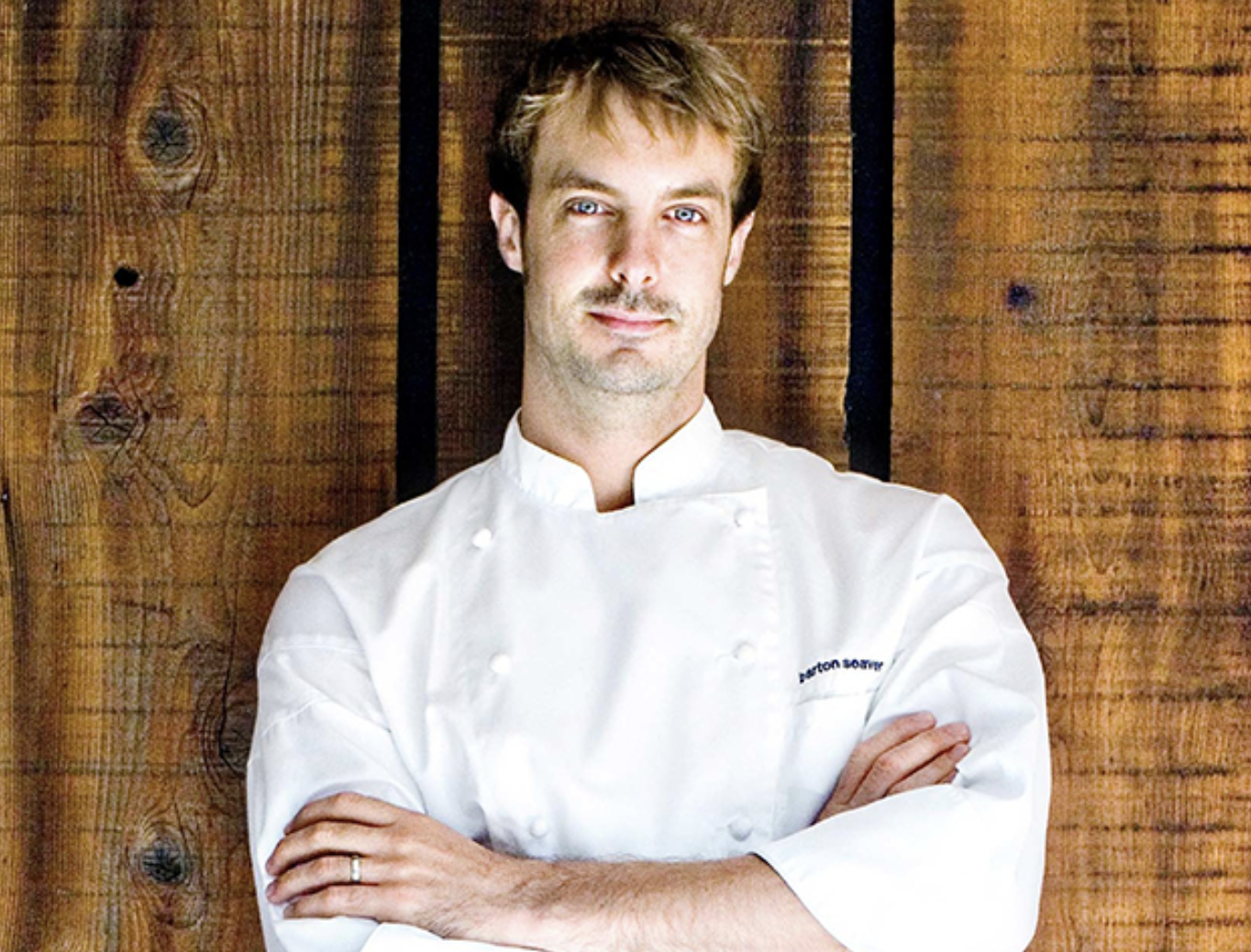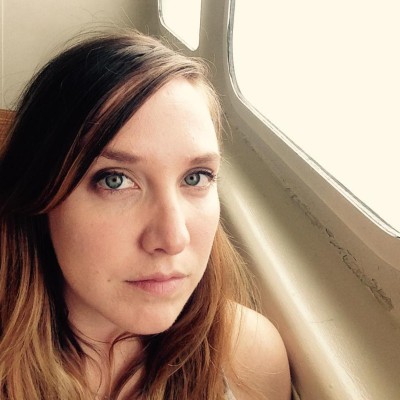

Waterline is an ongoing series that explores the solutions making rivers, waterways and ocean food chains healthier. It is funded by a grant from the Walton Family Foundation.
As a fisherman in Maine’s groundfish industry, Geordie King is used to uncertainty: Once your net is cast, you never know what it will haul up when it returns, if it returns at all. This unpredictability holds true in general when it comes to the sea, which swayed King’s 49-foot, teal-hulled gillnetter, the Brittany Lynn, in gentle rolls as we sat in her wheelhouse, the boat’s engine idling beneath our feet. But even for King — who, after fishing in the Gulf of Maine for 40 years, was used to his work being affected by the volatility of innumerable factors — the abruptness with which the pandemic upended the fishing industry was remarkable.
“It pretty much came to a dead stop for several months,” King remembered, his eyes searching somewhere beyond the wheelhouse’s window, where the water of Casco Bay sparkled in the tilted winter sun. “The markets momentarily dried up, trucking dried up … the whole infrastructure came to a grinding halt. So that basically put a stop to fishing.”
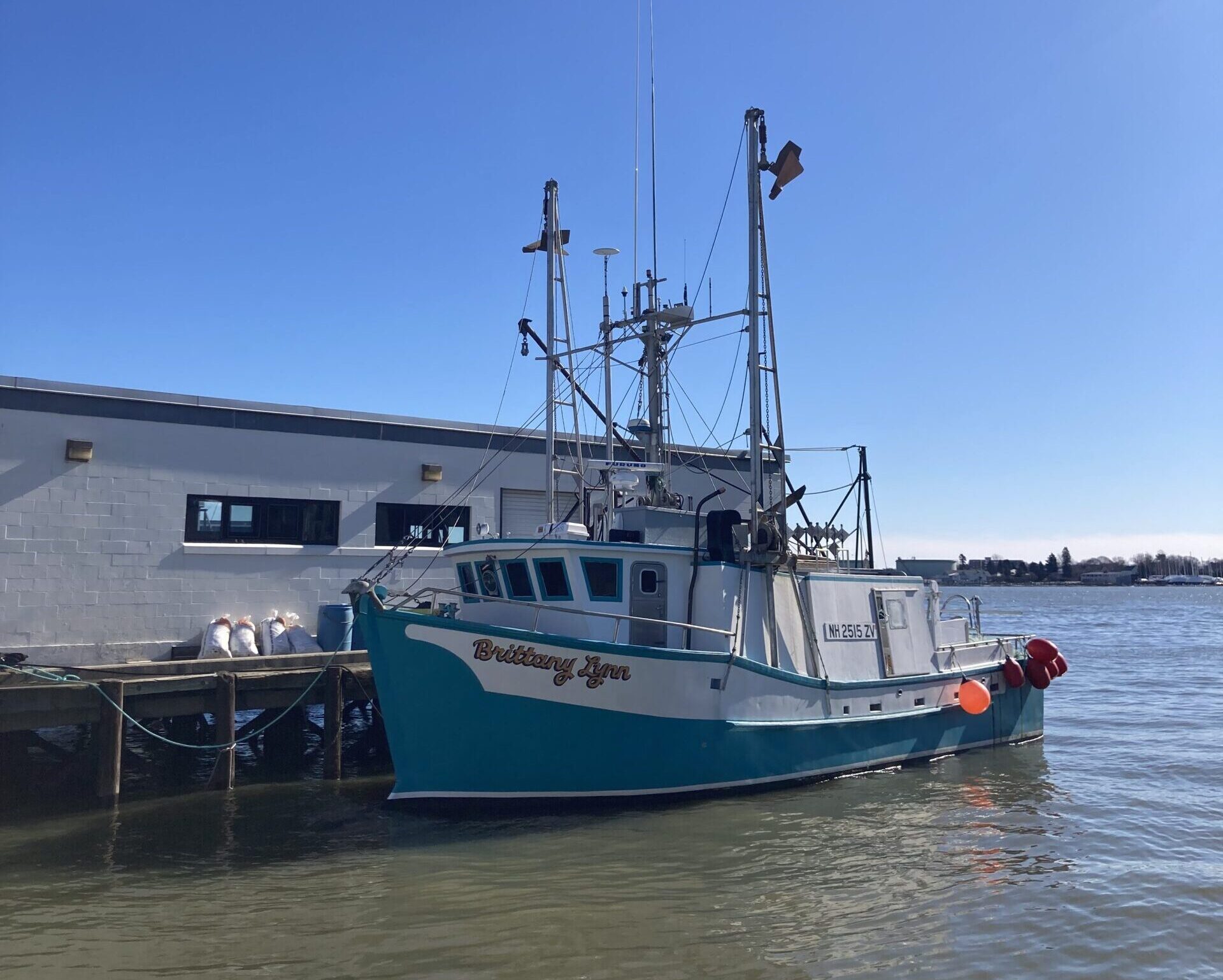
It wasn’t the fishing itself that was the problem. In fact, many boats were able to safely resume operations within the first year of the pandemic — the coastal breeze supplied adequate air circulation; the open ocean, with no land in sight, provided ample social distancing. But as Susan Olcott, the director of operations of the nonprofit Maine Coast Fishermen’s Association (MCFA), lays out, just about every other aspect of the industry was in crisis. Fishermen “didn’t have a market for their catch. Restaurants were closed and overseas markets were not happening,” Olcott explains. “It was not profitable for people to keep fishing.”
When the pandemic struck, MCFA had already been supporting Maine’s fishermen and working waterfronts for 15 years. And as Olcott, along with Ben Martens, MCFA’s executive director, witnessed the pandemic’s havoc on the community, the nonprofit launched a program called Fishermen Feeding Mainers (FFM) to help out people like King as they navigated the unfolding disaster. Using federal Covid relief funding, FFM purchased fish at the Portland Fish Exchange from groundfish captains, which guaranteed competitive prices. By investing in their fish, FFM enabled fishermen to return to work, confident that they would receive fair pay for their catch. In turn, FFM would make good use of the fish: by donating it to local food banks and the food programs of public school districts.
In the four years since its launch, FFM has overseen the distribution of over 850,000 pounds of fish to 280 schools, food banks and community groups, including school districts as far north as Fort Kent on the Canadian border, where fresh fish is near-impossible to source. The program has been such an important source of healthy protein to the schools in Fort Kent that Melanie Lagasse, Unified Valley food service director, will make the five-and-a-half-hour drive to Portland to pick up the FFM fish herself. “The only thing it costs me is my time and fuel,” Lagasse says. And fishermen and fishworkers, including King and his crew on the Brittany Lynn, continue to benefit from the program, which King says buys species like pollock, hake and grey sole — less popular groundfish species — for a more than decent price.
Quite literally, fishermen are feeding Mainers with the help of MCFA. “We broke a million meals after two and a half years,” reports Olcott. Today, that number has risen to 1.25 million meals donated to the food insecure.
Weighed down by negative news?
Our smart, bright, weekly newsletter is the uplift you’ve been looking for.Though the goal was to help Maine’s fishermen, in doing so, the folks at MCFA entered into a broader discussion about fish and food insecurity. “Seafood, for so long, has just been outside of local food conversations,” Martens explains. Paraphrasing the sustainable seafood expert Barton Seaver, Martens elaborates on the widely held belief that “food comes from farmers and seafood comes from the ocean.” This idea “really reflects the mindset of most people when you’re thinking about our food system and what you’re eating,” Martens says. “One of our goals is to put the fishermen back into the food system.”

Part of that effort is confronting ideas we hold about eating fish, one of which is scarcity. “We tell the story about the decline of the groundfish fishery in Maine, and in New England, and a lot of that is attached to cod,” Martens says. While cod was indeed overfished in the 1990s and isn’t expected to recover to sustainable levels until 2030, there is growing evidence in the Gulf that other groundfish populations, like monkfish, pollock and grey sole, are stable. “One of the neat things about Maine fisheries that we can say with good conscience as an organization is that if it’s from Maine, it’s sustainable,” Olcott says. The domestic seafood industry is already highly regulated, but in the Gulf of Maine, there are additional factors that add to sustainability, particularly in the groundfish fleet: Businesses are independently owned and operated, which means a lot of fishermen end up in inadvertent roles as stewards of the fishery. They’re cognizant of the value of harvesting in sustainable ways, and many participate in electric monitoring and gear modification programs.
Amid this ongoing sustainability conversation, one of the bigger challenges FFM faces has also proven to be one of the program’s more replicable features: the purchase and supply of underutilized species. Identifying and developing markets for lesser-known types of fish is not only sustainable but positions fisheries everywhere to weather some of the more severe economic consequences of climate change. But selling people on trying unfamiliar fish comes with some hurdles. Most people are acquainted with cod, less so with pollock, hake and grey sole, even though these fish can all be substituted for most recipes calling for a flavorful, flaky fish.
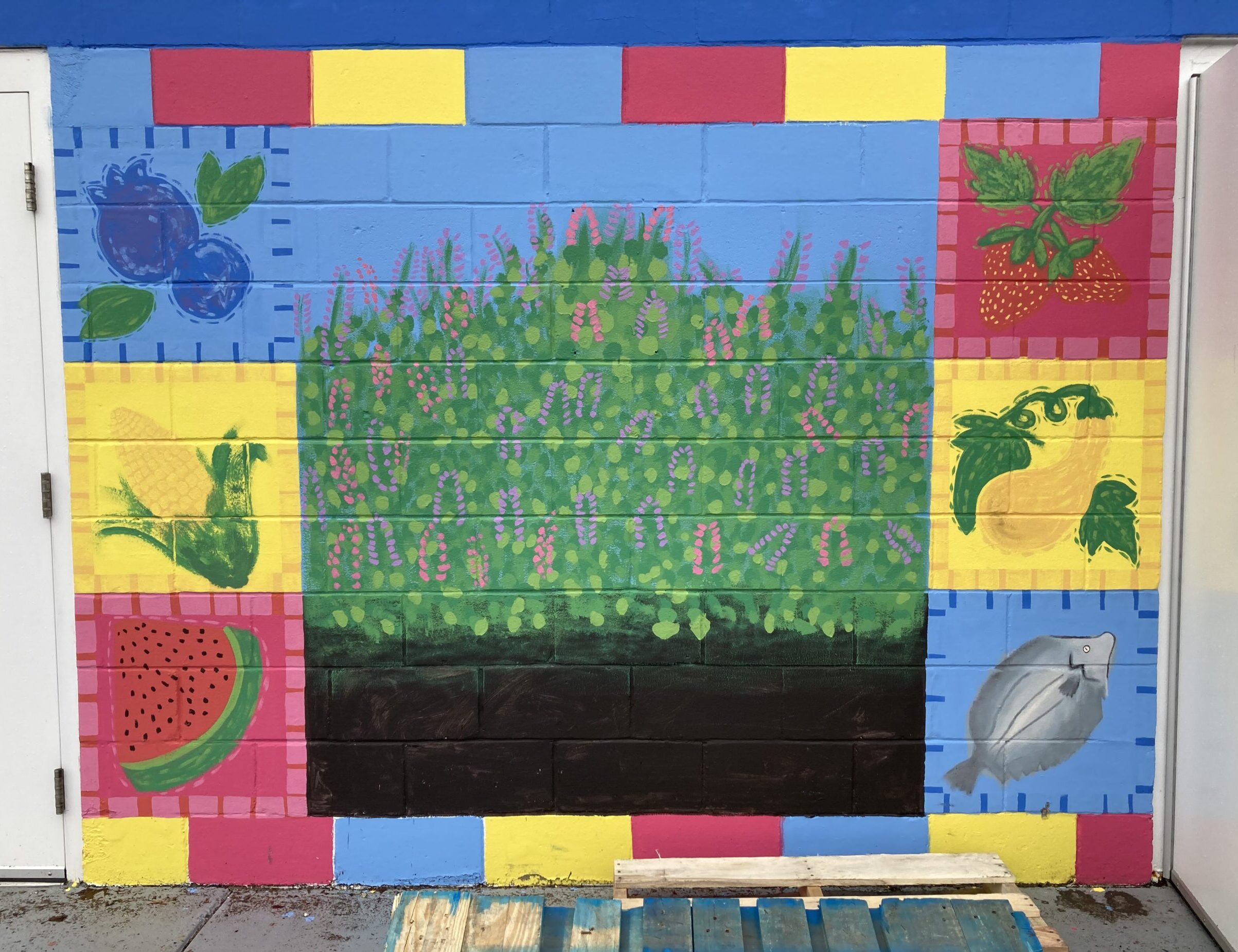
Expanding what can be considered culinary, which FFM tries to do with various types of outreach including developing and distributing their own value-added monkfish stew to regional grocers, is a type of messaging that could be adapted by other fisheries nationwide. “We are in a really interesting position where we can slowly start to rebuild those markets with fishermen landing more consistently,” says Olcott. And while perhaps it is a little harder to make people more adventurous about what species they’re eating, how they’re eating it, FFM is finding, is very consistent.
Though there is less of a market based on species, there is one for whole, intact fish. With their bones and skin, along with their meat, whole fish provide more nutrition and more flavor when cooked, and they can be used in a variety of preparations, as opposed to fish that have been processed down into filets and other cuts. At the MaineHealth Food Pantry at Maine Medical Center, a shopping-model food bank where visitors can browse shelves and coolers for food, groundfish from FFM has become a sustaining protein. “Because we’re a hospital-based food pantry, we have certain standards on the healthy food that we’re offering,” Rachel Freedman, the food pantry’s program manager, tells me. “And our focus along those lines is really on culturally important food.” Species of fish that turn flaky and white when cooked swim the oceans worldwide, which makes the groundfish donated by FFM especially important at the Food Pantry: They can be used to replicate just about any dish that calls for white fish, and they are also halal.
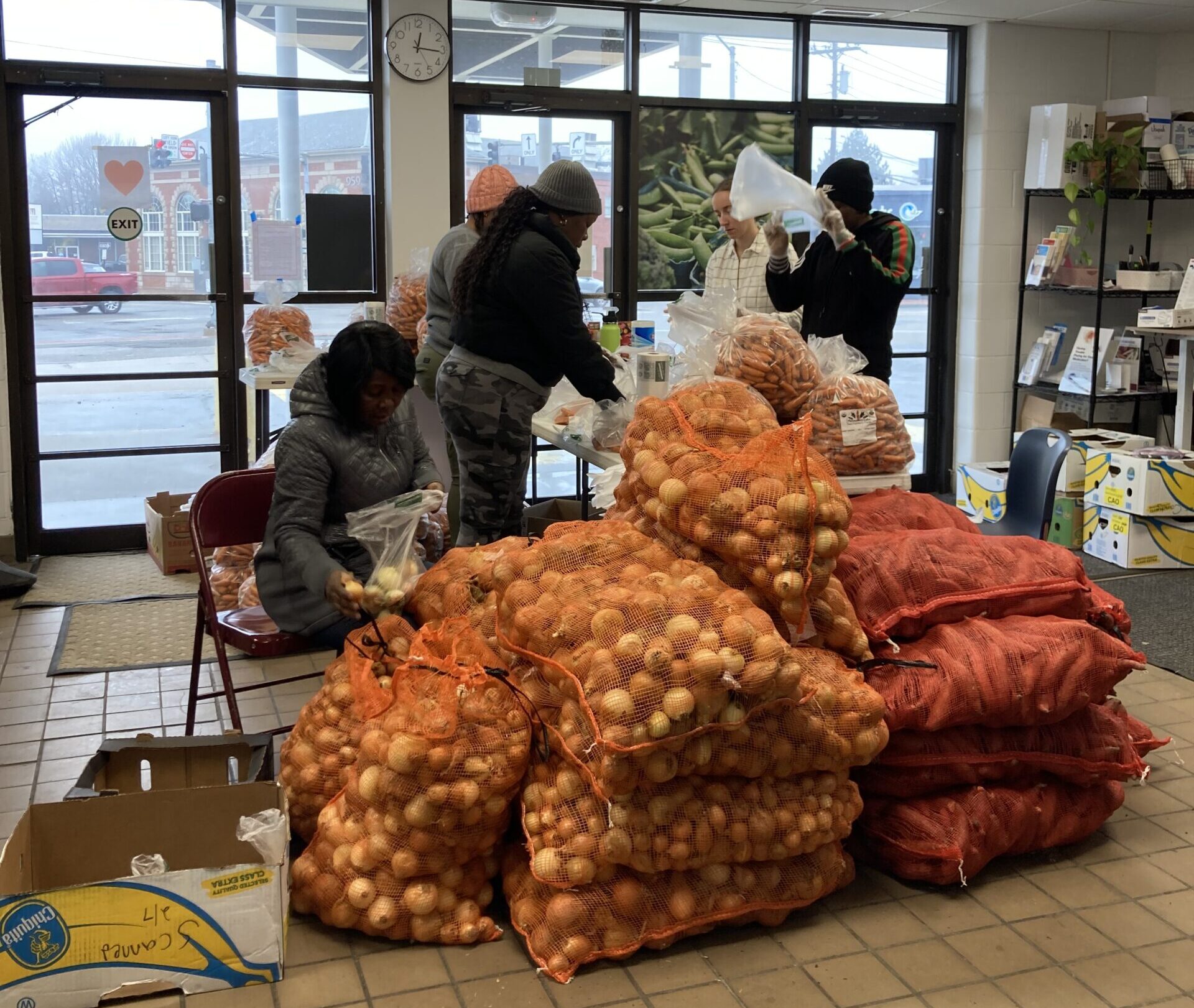
Located in Portland’s old Greyhound bus station, the Pantry distributes between 17,000 and 19,000 pounds of food a week to an average of 550 community members and their families. Many of the Pantry’s customers are new to Maine, and the United States more generally, with over 80 percent of visitors speaking French, Portuguese or Spanish as their primary language. With such a diverse clientele, the Pantry has “cultural brokers,” community members that help visitors navigate the space and the products that are available.
Though many of the Pantry’s products are novel to its community members, whole fish spans cultures and languages, and it has become one the Pantry’s most in demand items. “We have folks that are shopping who are from Southeast Asia, that’s what they want. We have folks who are shopping who are from Central Africa, that’s what they want,” says Freedman. “Across cultures, the whole fish is definitely the hottest ticket item.”
At the Pantry, visitors can find a variety of pamphlets and cookbooks by immigrant women living in Maine that offer local substitutions for recipes of their home countries where fish like tilapia is more common. “Some people come in and they’re like, ‘I just got here last week,’” Freedman says. “And some people are a little bit more established. But everyone’s kind of working on, ‘I’m used to this thing. What do we have here in Maine that I can still use in cooking that feels familiar and comfortable and important?’”
On a slick and windy day, the Pantry was in full swing, with volunteers dashing out to trucks and vans in the parking lot to unload the week’s donated goods, including fish from FFM. In all the activity, Nicole, a Congolese cultural broker, showed me pictures of a fish stew she cooked with some of the FFM fish. In addition to her cultural broker role, Nicole prepares culturally and traditionally important food for newly arrived families who are living in temporary housing — usually at a hotel — and do not have access to kitchens to cook themselves. The dish she showed me radiated warmth — it appeared to be bubbling away on a stove — its ingredients, like the fish, perhaps novel but nonetheless nourishing.
“As Maine becomes more diverse, it’s a neat opportunity for Maine seafood, kind of in both directions,” Olcott reflects on the program benefiting both the fishermen and underserved communities.
“It’s just a win-win,” says Vincent Balzano, a third-generation fisherman, who also is a part of the FFM program. “The program establishes a floor for official prices and also allows us to give back to the public.” Balzano still recalls some of the feedback he received when he first got involved with the FFM program and his catch was distributed among food banks. “About a week later, we received a heartfelt thank you from a woman — an elderly woman — that hadn’t eaten haddock in years because she couldn’t afford it,” he says. “I got a better return than I had been getting, the processor that processed the fish was able to keep their cutting room operating and keep their employees paid. And the end result was a woman was able to have a treat that she hadn’t had in years. For me, that really struck a chord.”
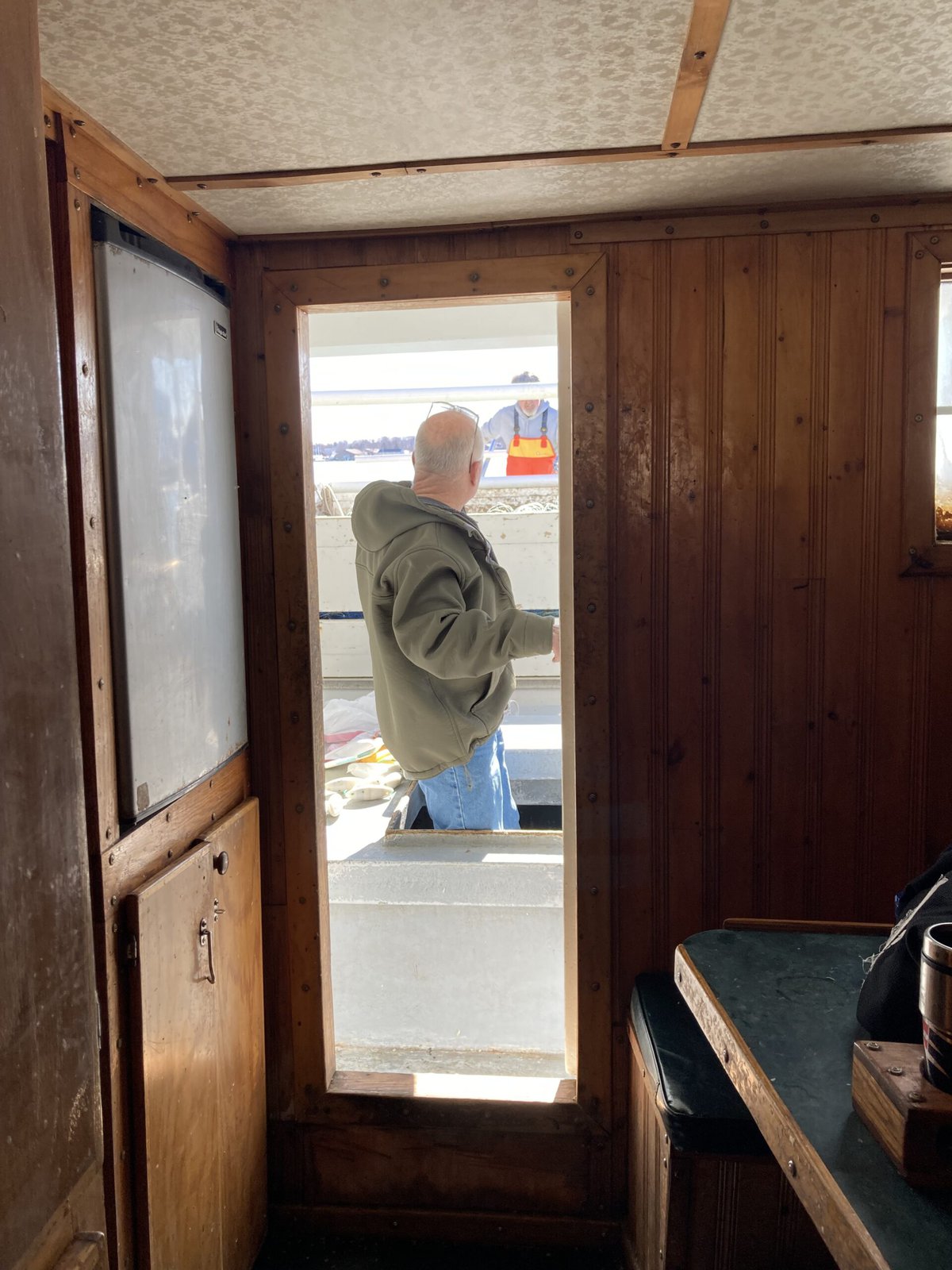
Back on the Brittany Lynn, King used the same phrase, win-win. As he puts it, the FFM program “takes the lows out of the lows” but also makes people feel good as fishermen. And he gets to keep doing what he loves, which is fishing. King missed it during the pandemic and misses it when he hasn’t been out in a while. “When you lose sight of land, it’s just a different world,” he says. “Not everything about fishing is rosy, but I do love the natural environment. Most fishermen will tell you that’s a big part of why they love it. We get to see whales, birds, porpoises. The beautiful blue seas and the stars. We see it all.”
And who wouldn’t want to experience a different world, one in which the role of uncertainty is diminished? For Martens, that added stability is what FFM’s work is all about. “For these people that live in some of the most disruptive times in history for their businesses — we’ve got climate change, we’ve got marketplaces that are all over the place, we’ve got regulations that are changing, we’ve got gentrification up or down our coast,” he notes. “These communities are changing faster than they probably ever have. All of these things are contributing to uncertainty. But there are places that we can bring a little bit of certainty back, a little stability back. And this program is one piece of that equation.”



